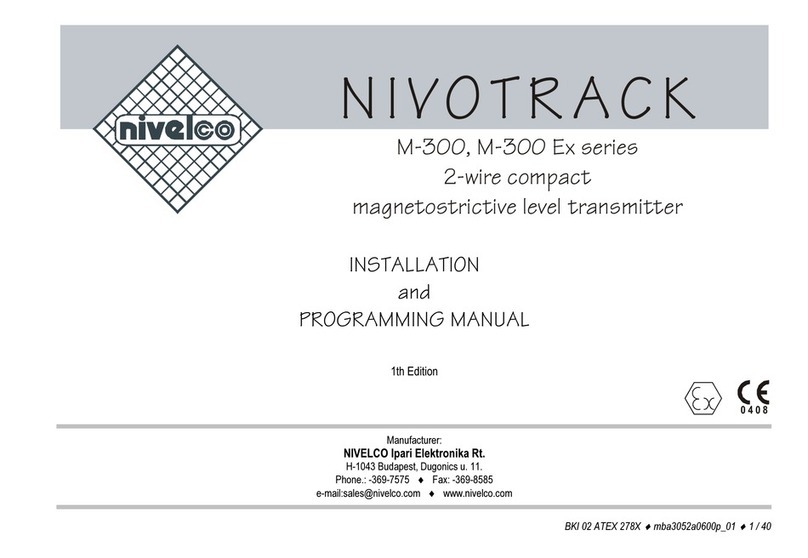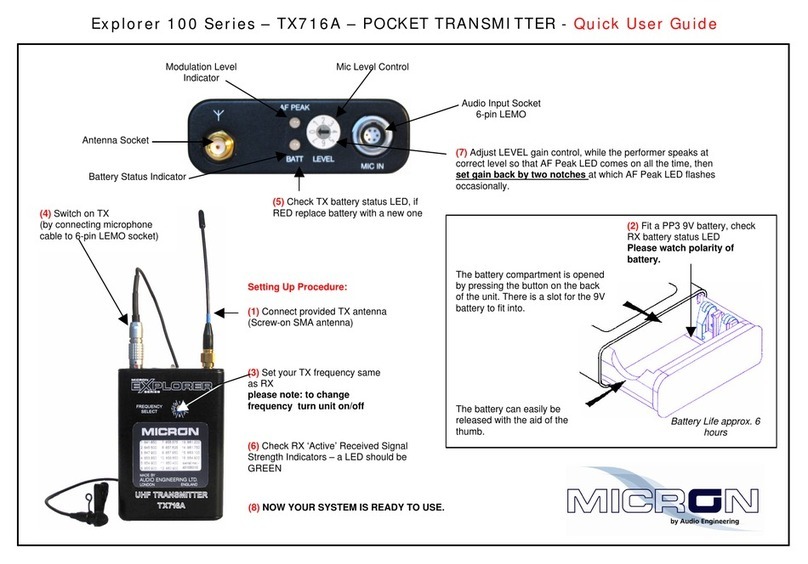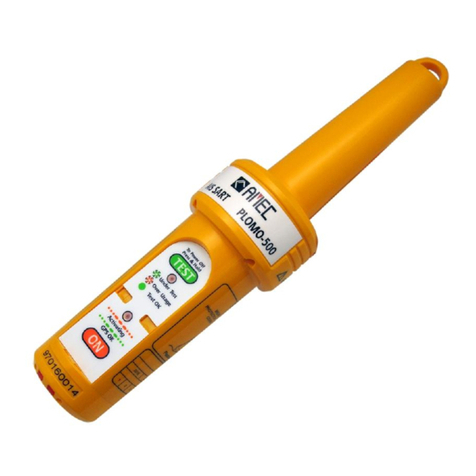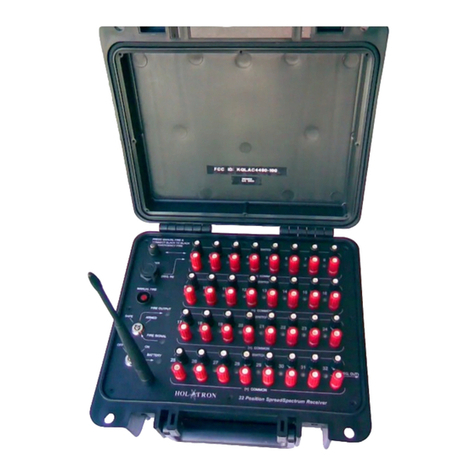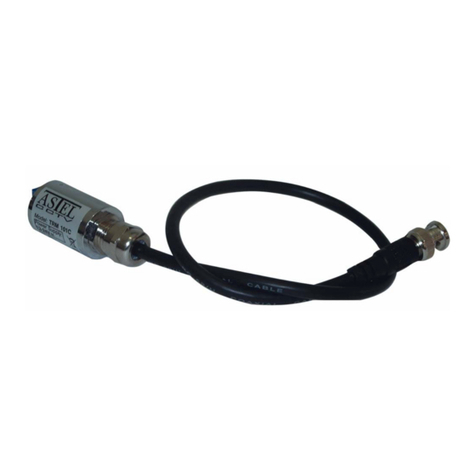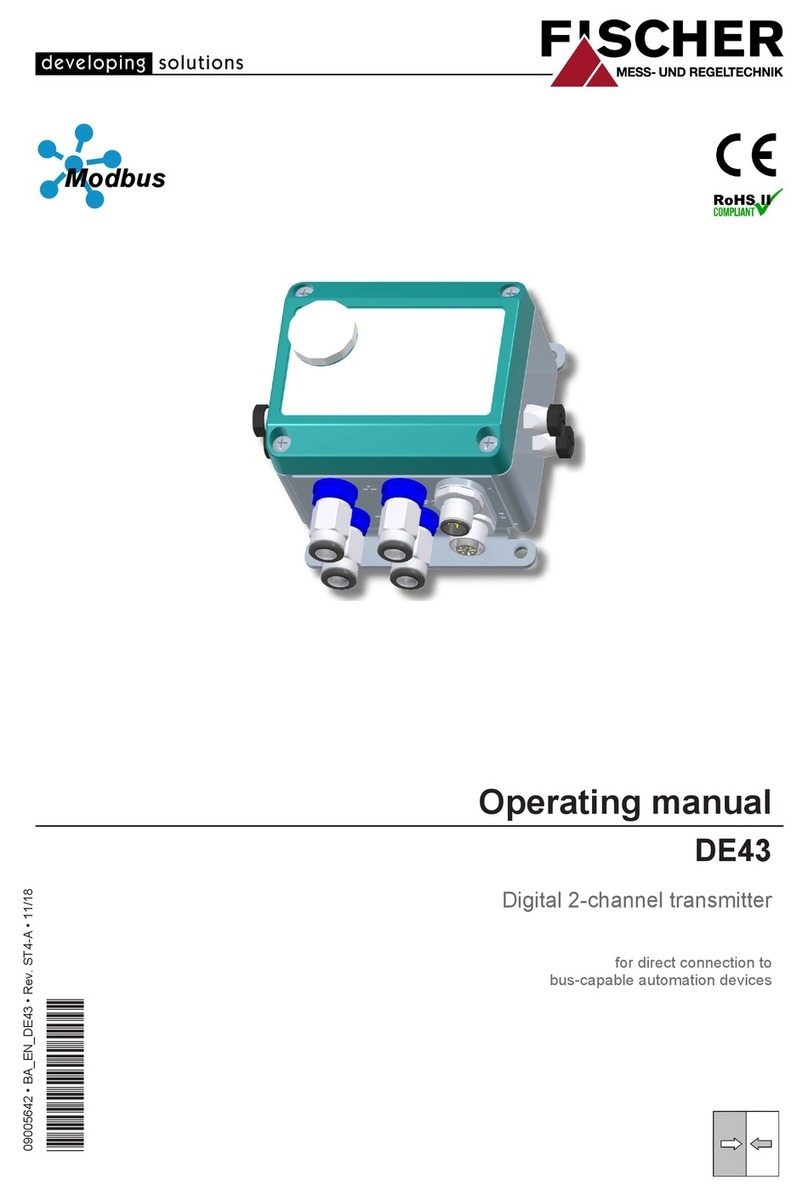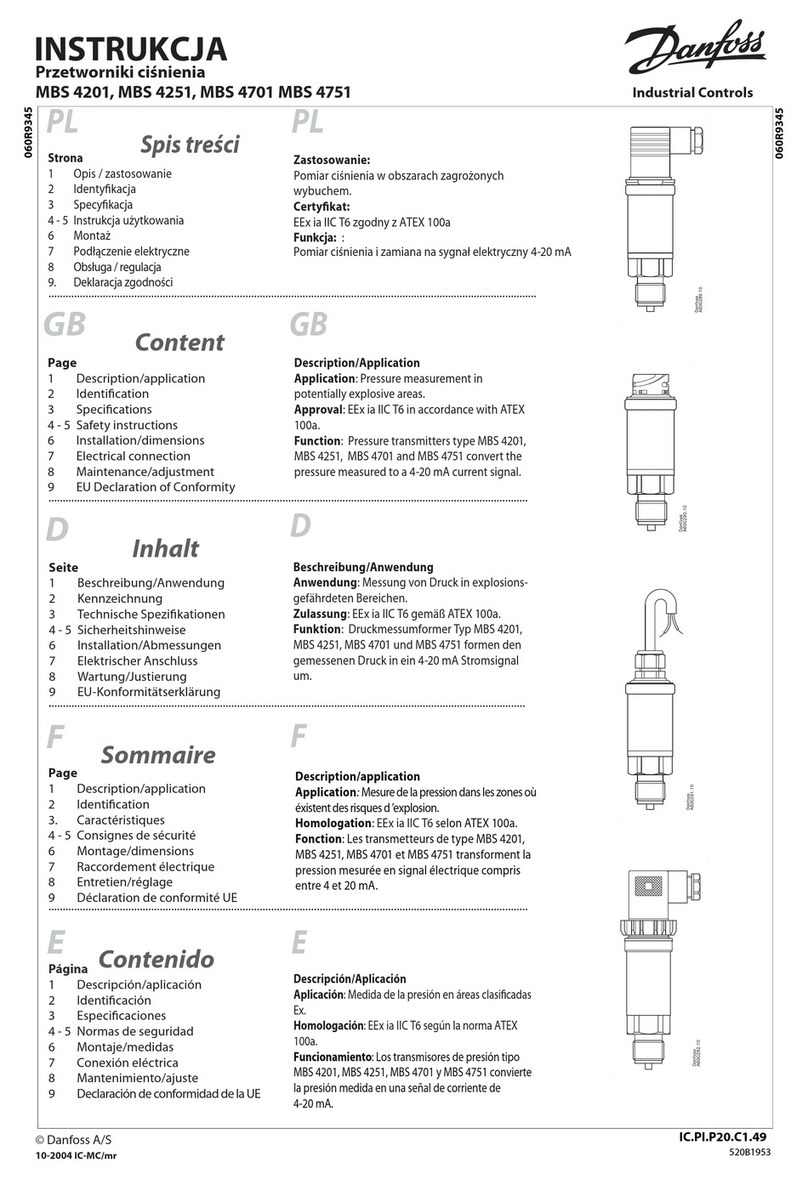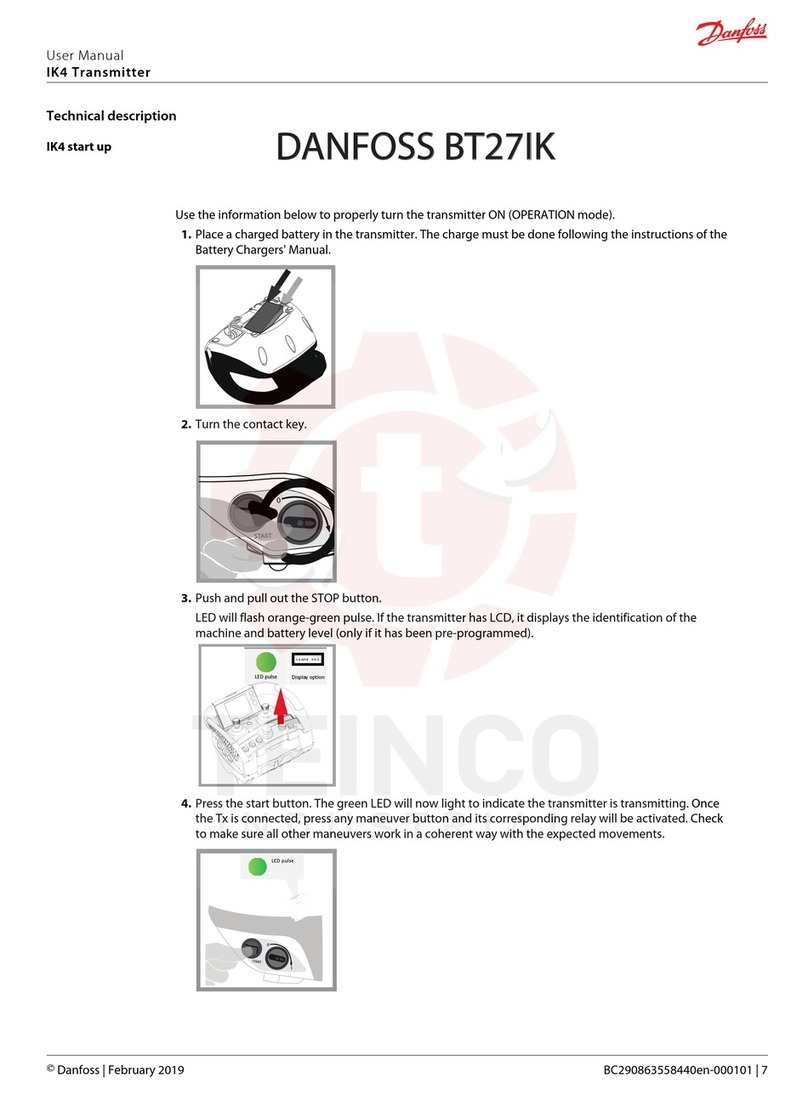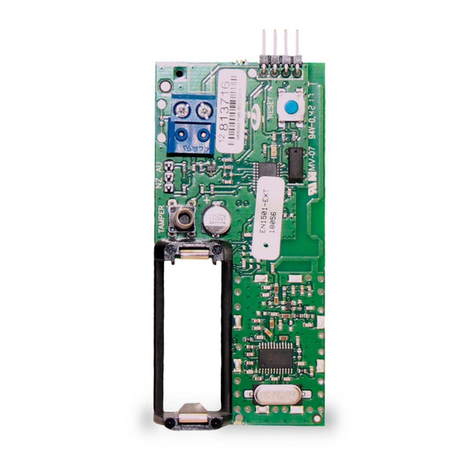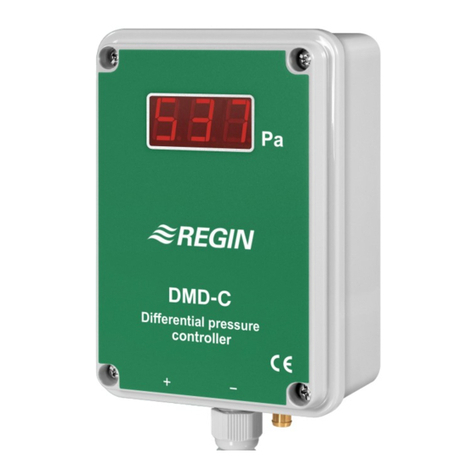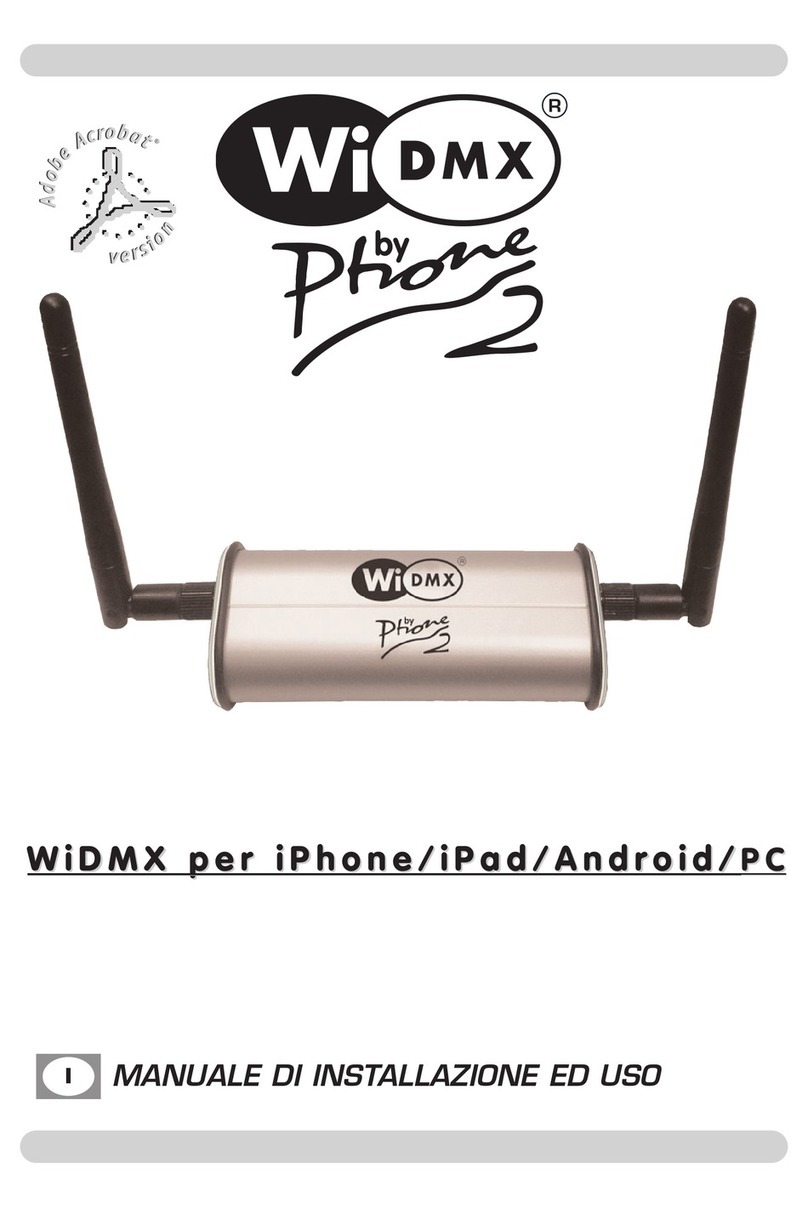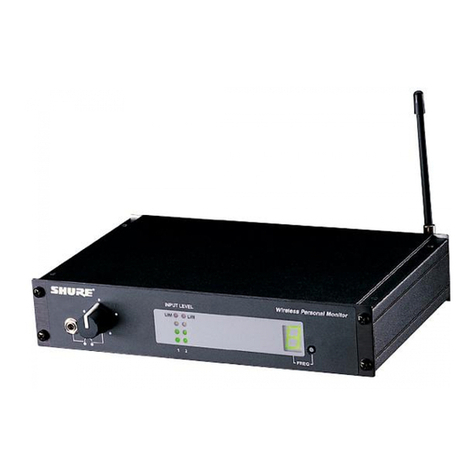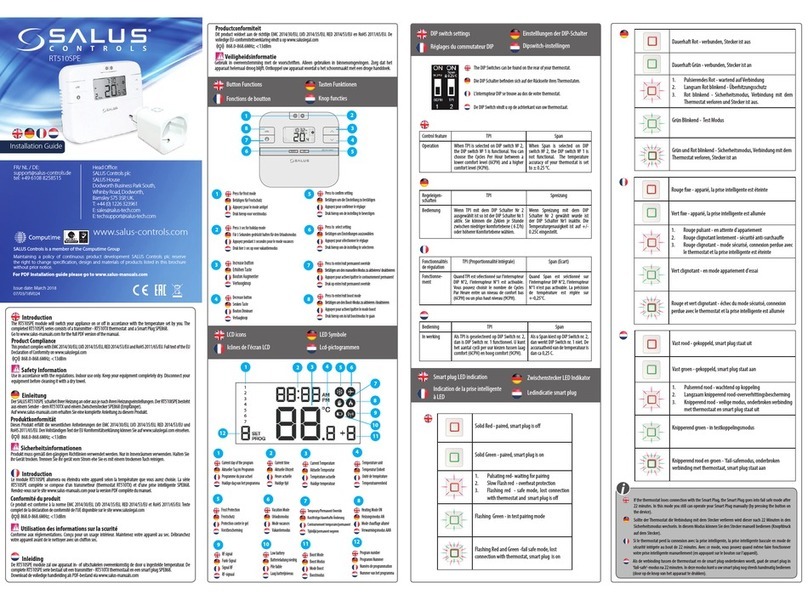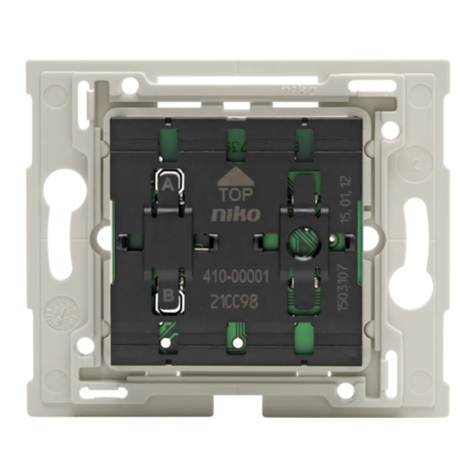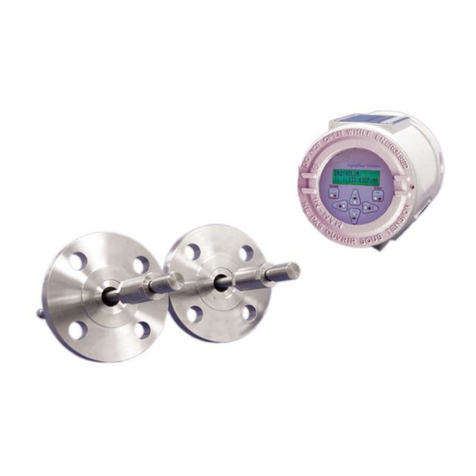
Important note:
BPHT50 is designed
to operate ONLY
with pH/ORP probes
with combined electrodes!
The BPHT50 transmitter converts
the high impedance voltage output of pH
or REDOX (ORP) probes into standard
current signal that can be safely sent
over longer distances. The transmitter
provides the necessary for the normal
pH/ORP probe's operation high input
impedance as well as temperature
compensation of pH measurement
by the means of a temperature sensor
connected to the second transmitter input.
Connect the pH/ORP probe
to the BPHT50 transmitter
through its BNC connector.
Take the cover
of the electronic block off
and run a cable with carefully
considered outer diameter
through the cable gland.
Observing the polarity,
connect the wires as shown
on the left diagram.
Close the box.
Important notes:
To wire the pH/ORP probe,
use ONLY coaxial shielded pH cable
no longer than 1.5 m.
If no temperature compensation
is needed, connect
a suitable external resistor
(e.g. 109.73 Ω for simulating 25 °C)
to terminals 'A' and 'B'.
Keep the BNC connector area
DRY AND CLEAN in order to assure
high input impedance!!!
Unscrew the two
diagonally placed screws
and take off the electronic block cover.
Attach the body to a wall by 2 screws
via the openings of the other diagonal.
Put the cover back
and tighten up the screws.
Check the loop power supply voltage
(see 'Specifications').
Turn the power on.
The transmitter must generate
a current output according
to the calculation:
,
where pH is within the measurement
range (see 'Specifications').
If necessary, adjust the ZERO
of the transmitter with the 'Z' trimmer
and/or its SPAN –with the 'S' trimmer.
Do not dispose of
electronic devices
together with
household waste
material!
If disposed of within European Union,
this product should be treated
and recycled in accordance with the laws
of your jurisdiction implementing
the WEEE Directive 2002/96
on the Waste Electrical and Electronic
Equipment.
